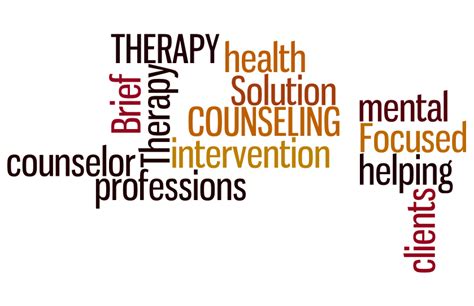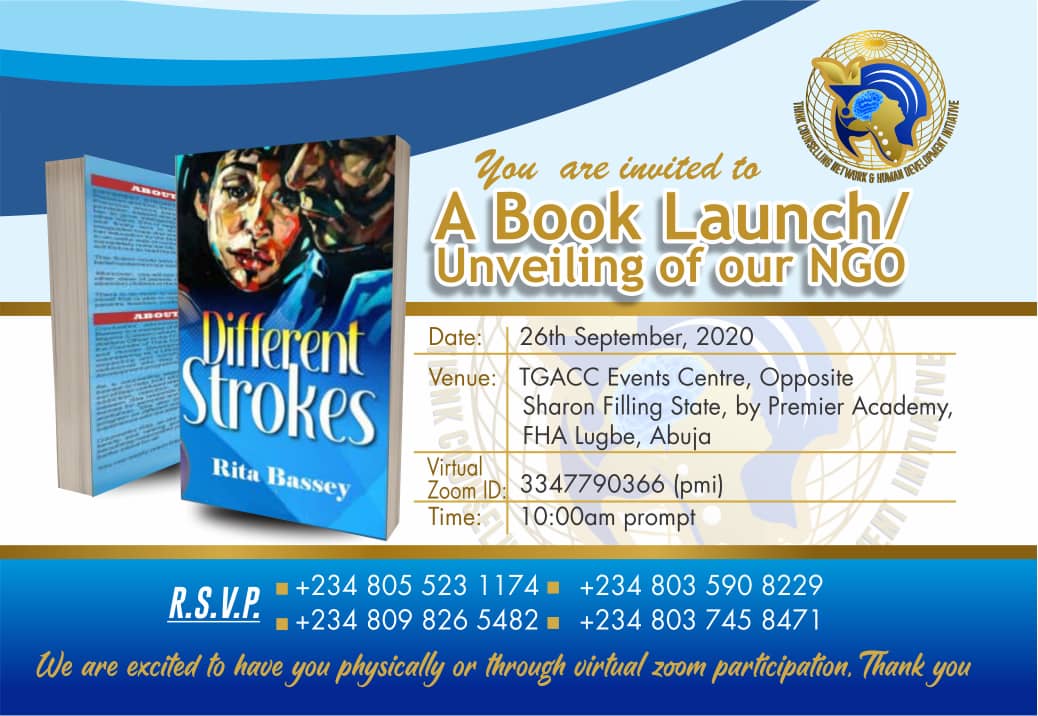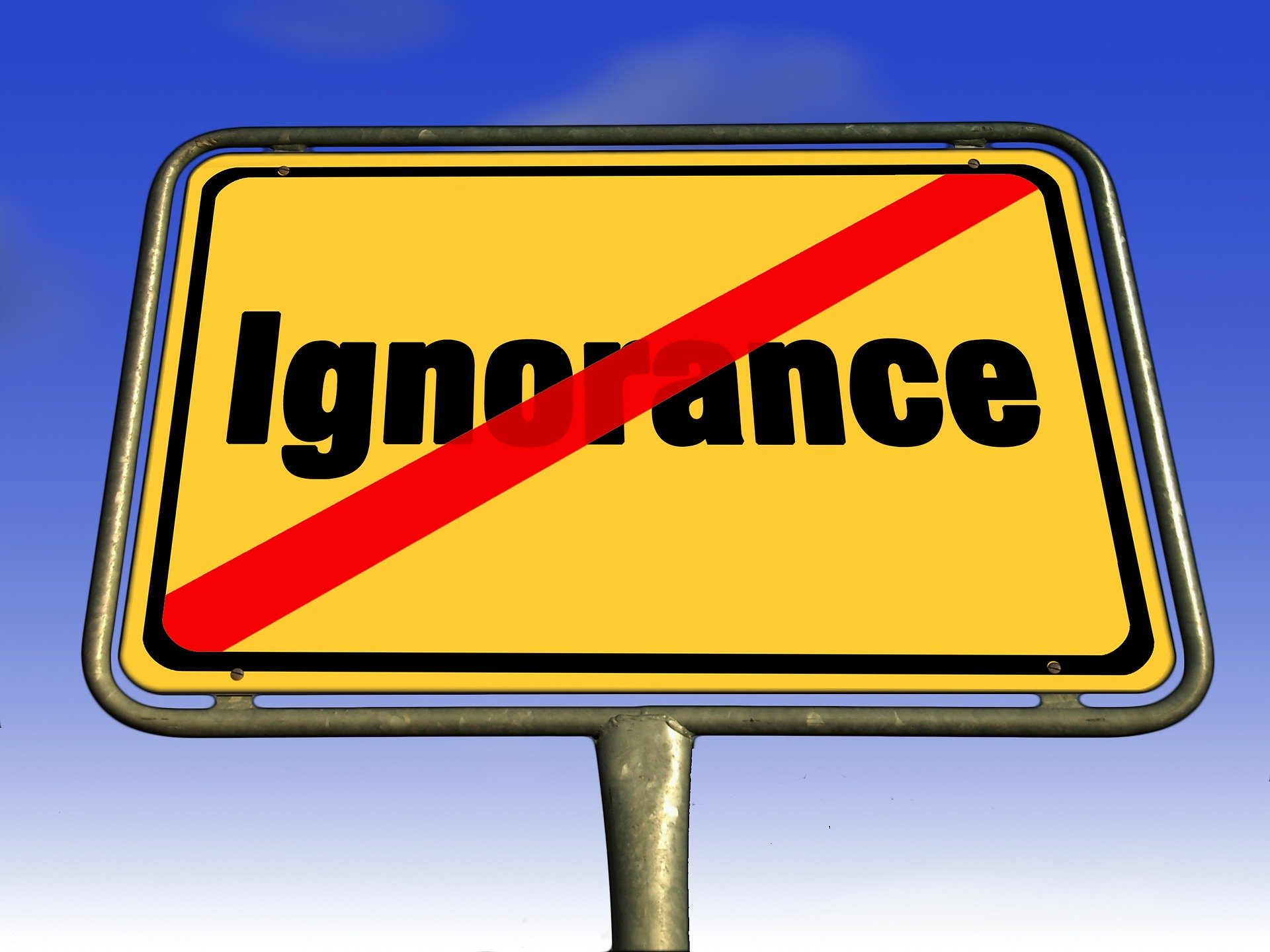In our previous article (click here), we talked about the five (5) distinct stages of Human growth and development, and emphasized the importance of the Adolescence stage as being a transitional phase of human growth and development between the childhood and adulthood stages.
As promised, we shall be discussing on the topic, Who is an Adolescent? Let’s start with a story.
Ifeanyi and Mercy are both 12-year-olds and are in secondary school of their education. They both noticed that their bodies is going through some physical changes (puberty), and as a result, they have both become self-conscious about their physical appearance.
I am sure as parents, we can relate to the above scenarios and instances where our child starts locking the bathroom doors or hide behind closets just to have a bath or change of wears. Sometimes, they tend to love spending more time with friends rather than their parents.
These behaviors above and other physiological changes are common during the early, middle and late stages of an adolescent.
G. Stanley Hall (1904), the first president of the American Psychological Association (APA), is credited with the modern “discovery” of adolescence, defining it as a new developmental stage — created by societal changes — in which children grow into adults. He described adolescence as a time of “storm and stress” and, unlike later researchers, ascribed this life stage as lasting from ages 14-24 (rather than today’s generally accepted range of 10 – 18 or 13-19 years) for early or late maturer respectively. Just like the World Health Organization (WHO) who defined an adolescent as any person between ages 10 and 19.
Regardless of the ages stated above, the adolescent stage is typically marked with the onset of puberty.
What then is puberty?
Puberty is the biological (physical) changes that occurs in the life of an adolescent, a period where they become sexually mature and capable of reproduction. However, the timing and speed varies due to both the characteristics of an individual(for example, sex) and external factors (e.g. inadequate nutrition, an abusive environment) influence these changes.
It is important to also note here that the female child tends to experience puberty earlier than the male child.
Signs of puberty
For females, it includes:
- Breast development. This is usually the first sign of puberty.
- Followed by the growth of hairs in the pubic area and armpits
- And then, by menstruation or as it’s commonly called, period.
Then in boys, signs includes:
- The testicles and penis getting bigger, this is usually the first sign
- Followed by hair growth in the pubic area, armpits.
- And then, muscle growth, deepening of the voice, and facial hair (beards) develops as puberty continues and
- Sweat night-dream.
What a parent and the adolescent should note about the adolescence stage.
- Of all the five (5) distinct stages, the adolescence stage is one of the most rapid and developmental phases of human development.
- Biological changes (puberty) occurs first before psychological maturity (which is the capacity to function effectively on one’s own).
- The characteristics of both the individual and the environment influence the changes taking place during adolescence.
- It’s a time where Adolescent develop knowledge and skills, learn to manage emotions and relationships, and acquire attributes and abilities that will be important for enjoying the adolescent years and assuming adult roles.
- Important neurological developments are also taking place at this stage, such as the limbic system which are responsible for pleasure seeking and reward processing, emotional responses and sleep regulation. At the same time, changes are taking place in the pre-frontal cortex, the area responsible for what are called executive functions: decision-making, organization, impulse control and planning for the future. The changes in the pre-frontal cortex occur later in adolescence than the limbic system changes.
All these changes takes place in the life of an adolescent and are essential for their growth and development, hence. they must be adequately guided through this stage to understand these changes, what they represent and how to go about them.
Imagine an Adolescent who passed through this stage without proper guidance! That is why Think Counseling Concept (TCC) is here – to offer her services to both parents and their Adolescents by inspiring, impacting and transforming them before, during and after this transitional stage of their lives successfully.
To be continued…
We always look forward to your feedback, questions and comments on the comment session below or you can send us an email @thinkcounselingconcept@gmail.com




